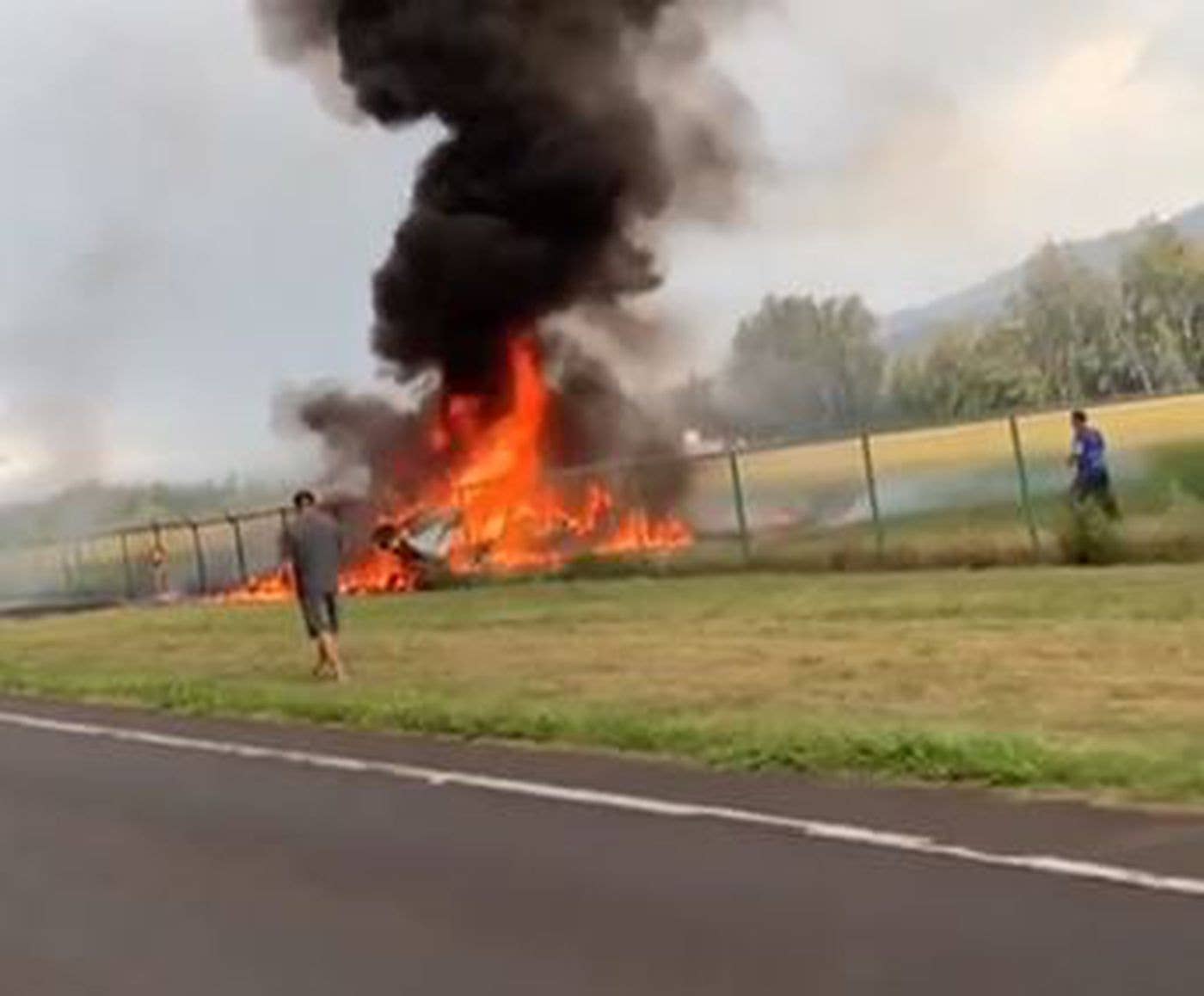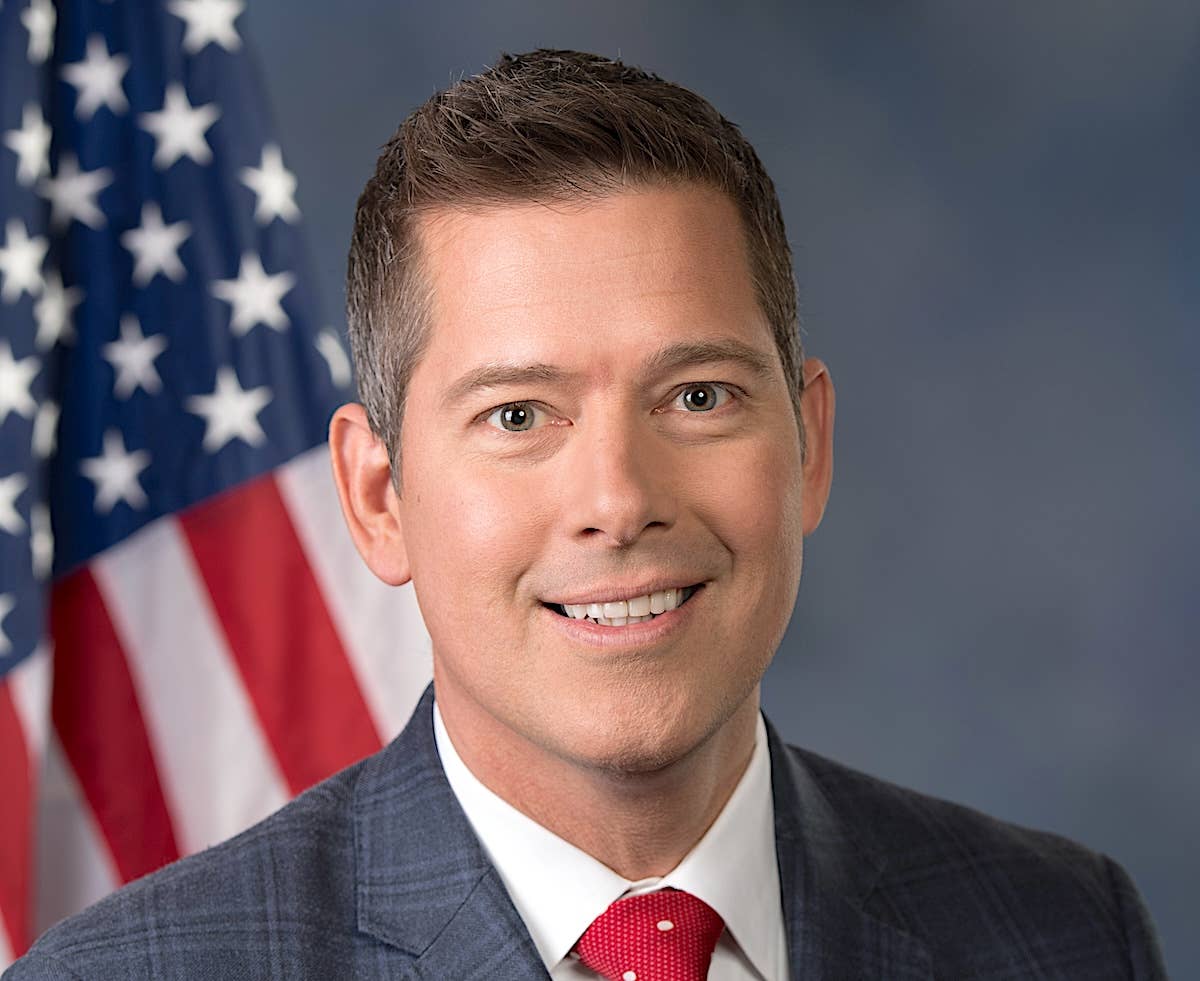Less Regulation, More Personal Responsibility (Amended)
Regulation is always a balance between cost of complying and benefits gained. Far better for the regulated to step up with personal responsbility.

In this blog space, it’s rarely ill-advised to oppose any new regulation and as an evergreen topic, grinding on existing ones from time to time is always good sport, too. So I’ll take a breather here from slamming in detail the Air Tour and Sport Parachuting Improvement Act of 2023 found in the Senate’s version of the FAA Reauthorization Bill. I doubt if it would enhance safety in these operations much at the expense of shuffling more paper and checking more training boxes, pretending this would change things.
And this coming from a guy—me—who really believes in training and that regulation, properly applied, definitely moves the safety needle in the right direction. If you think the current near-zero airline accident rate didn’t get there with a healthy dose of industry regulation, I’d call you misinformed if not delusional.
But new rules often lose their punch in the tall grass and weeds of general aviation because we’re largely on our own to comply and it’s no secret that some pilots don’t even know enough to comply, even if they wanted to. When customers step into air tour aircraft they may think it’s similar in operational risk to an airline and why wouldn’t they, with that as the only frame of reference? I have no idea what a first-time tandem parachute customer thinks when entering a jump plane with the headliner patched with duct tape, windows stop-drilled and a cabin floor polished smooth from wear. Skydiving airplanes are often on the last stop before a final trip to the boneyard.
That doesn’t mean they’re unsafe or craters looking for a grid reference, it just means they don’t get the tender loving care your personal airplane does, but in many cases, the minimum care to keep them airworthy. A slice of the skydiving fleet is probably poorly if not illegally maintained. In 27 years of skydiving, I’ve only seen one airplane I wouldn’t fly in, even with the intent of jumping out of it.
On a raw accident and rate basis, skydiving aircraft accidents have been trending downward for the past decade, as jump numbers have gone up. As recently as 2012, there were 14 accidents in a single year. Last year, there was just one; 2021 saw three; 2020 just two. I don’t have hours-flown data for the fleet, but the trend is in the right direction.
The air tour accident rate lives between the overall GA rate and the Part 135 on-demand charter rate. Between 2000 and 2010, the air tour overall rate was 2.7/100,000 hours—about half what GA as a whole was. Most of those are helicopters, but there have been some high-fatality seaplane tour crashes that have tarnished the industry’s record. Without crunching the numbers further, I would just make the point that we should tell our friends that air tours aren’t airlines and the risk in flying them is not insubstantial.
The new proposed rulemaking comes at the behest of Hawaii Senator Bryan Schatz, no doubt reacting the 2019 skydiving King Air crash that killed 11, including the pilot. Hawaii has a lot of air tour activity and there were 54 helicopter crashes between 1984 and 2022. People notice these things and politicians imagine they want something done, hence the Air Tour and Sport Parachuting Improvement Act of 2023.
In reading the King Air accident report, I couldn’t help but think the NTSB is naïve in its understanding of skydiving culture, both in jumping and aircraft operation. The whole enterprise appears so crazy risky—it really isn’t—that the FAA generally keeps it at arm’s distance with regard to surveillance and compliance. In my experience, the agency goes through spates of surveillance, then slacks off until something happens or someone builds a fire, and then another round of inspections that sometimes seem to border on harassment. The skydiving itself is left to the United States Parachute Association to oversee.
The NTSB dug deep into the King Air pilot’s training history, with three busted checkrides (private, instrument, commercial) and training given by an instructor with a high student failure record. Training at the skydiving dropzone where he was employed was described as “a joke” by one pilot interviewed. I wouldn’t tar the entire industry with that sort of description, but pilot training is certainly uneven in the skydiving world. At some dropzones, it’s very good, at others, cursory. But to me, that misses the point.
If a pilot is qualified the day he or she shows up, gets the job and gets the airplane off the ground with skydivers and repeats the process, the rest is fake-it-till-you-make-it. It’s a de facto probationary period overseen by just one person: the drop zone operator or DZO, as we say in the sport. While busted checkrides may indicate a person with weak aptitude to be a pilot, never mind a good pilot, it’s monitored performance that matters. At this rung on the aviation food chain, layering on procedures, record keeping and checkrides matters less than what the person in the seat is actually doing day in and day out. And, critically, what kind of judgement the pilot is exercising irrespective of stick and rudder skills. In my view, this accident was mostly driven by toweringly poor judgment.
The pilot had a reputation for a ground-effect acceleration and hard pull up after retracting the gear, said the accident report. Oh, great fun! If a little of that happens, then a little more, well, you know the rest. The skydiver culture is all about the e-ticket ride, so the customers may actually like that sort of thing and cheer it on, all the while being profoundly ignorant of the risk, not to mention the unprofessionalism in flying paying customers in a way that adds risk.
In my view, the circuit breaker policing this has to be the DZO. I'll admit the DZO would have no practical way to know about the pilot’s training failures or his or her instructor’s failure rate, but would have a firsthand view of the pilot’s performance and behavior. It’s the drop zone’s interest not to tolerate such stunts and to push back against the look-the-other-way attitude that sometimes permeates the sport. I know, easy for me to say since I don’t have to find and hire a new pilot. On the other hand, commitment to reasonable, safe standards and pushback against excesses is better than digging 11 bodies out of a smoking hole.
As for the King Air itself, it was an example of how aircraft repaired to questionable standards find their way into commercial service in the dark corners of aviation. Refreshing your memory, the airplane lost part of its tail in a stall/spin incident and had a repair that apparently failed to correct a twisted wing. In flight, it required significant deflection of the aileron trim tab to hold level flight. This was cited as a possible factor in the high-speed stall that caused the pilot to lose control and pitch the airplane into the ground. How did such a thing get through what’s supposed to be a robust inspection system? What IAs signed that off? (Addition: The owner of the King Air contacted us and said the tail repair was approved by the factory and that the airplane had been inspected by the FAA prior to its ferry flight to Hawaii and upon its arrival there. He said he believed the wing wasn't twisted but that the engine mount was canted due to damage caused by a gear-up landing, not the small-spin incident that damaged the tail.)
When accidents gain a high profile—as this one did—there’s frequently a call for the FAA to do more surveillance, enforcement or regulation. This occasionally devolves into studies of the psychological details of why pilots make the dumb decisions they do. This is sometimes justified. But I grow weary of this kneejerk reaction to insist on external forces to fix a human problem. In commercial operations, pilots and operators, in my view, have enough rules and procedures to guide them. What’s most needed is a culture that encourages—no, insists—on personal responsibility for prudent decision making.
In skydiving, that's not coming from the NTSB, the FAA or even USPA. It should start and end with the DZO, in my view.






